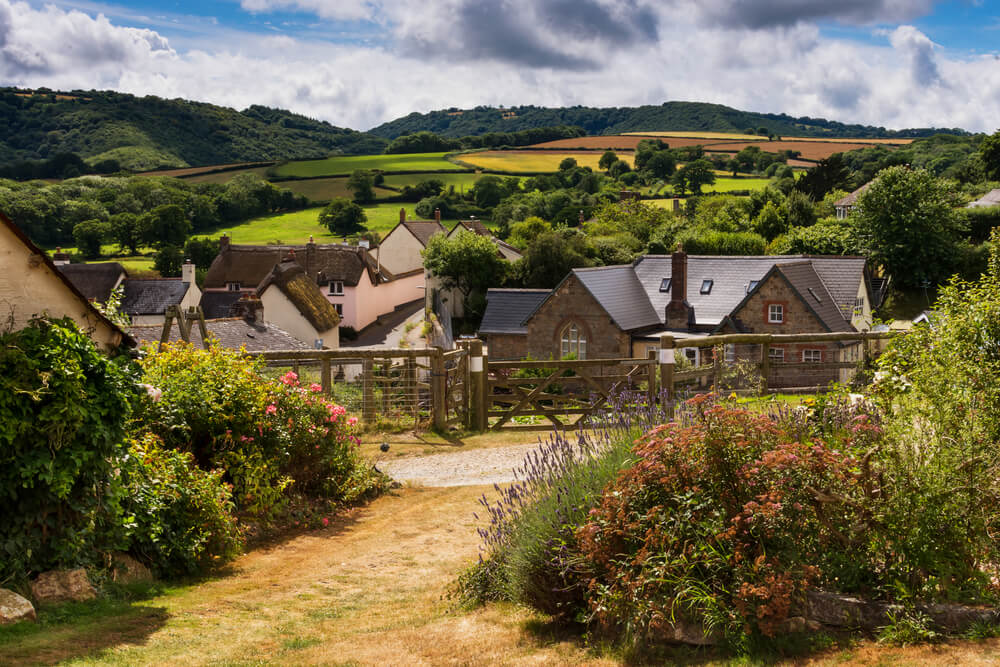Rural locations in the UK have seen the biggest house price rises in the last five years with some places experiencing growth of 22%.
 This is according to analysis by Nationwide which said, in comparison, the highest growth seen in urban areas since 2018 was 17%.
This is according to analysis by Nationwide which said, in comparison, the highest growth seen in urban areas since 2018 was 17%.
Semi-detached properties in rural areas have seen the strongest rate growth whilst flats in urban locations the weakest.
Tourist hotspots such as Devon and West Morland & Furness in the Lake District were amongst the rural areas experiencing the steepest house price rises. Nationwide suggests this significant price growth has been driven by people buying holiday-lets or second homes.
Nationwide flagged up Office for National Statistics data which showed second home ownership was significantly above average in South Hams, which is a district council in Devon.
Andrew Harvey, Nationwide’s senior economist, said: “Our latest analysis suggests that average house price growth in local authorities classified as predominately rural has continued to outpace those of other areas.
“Between December 2018 and December 2023, average prices in predominately rural areas increased by 22%, compared with 17% in predominately urban areas. Local authorities classified as ‘urban with significant rural’ saw price growth of 19% over the same period.
“Average house prices across both urban and rural areas declined a little overall during 2023, which reflects the rise in borrowing costs, which have added to affordability pressures.”
Those owning a semi-detached home in a rural area will have seen the biggest price hikes of all. Nationwide found between December 2018 and December 2023 average prices of these homes grew 24%.
Harvey added: “Rural terraces increased by 23% over the same period, as did urban semis, while rural detached properties increased by 22%.
“Flats saw considerably weaker price growth, particularly those in predominately urban areas, which increased by just 5% over the last five years.”














